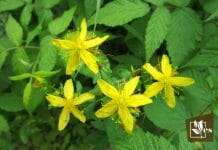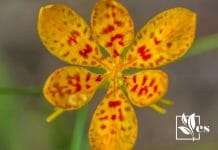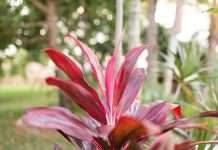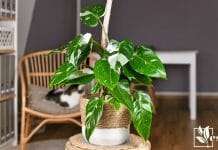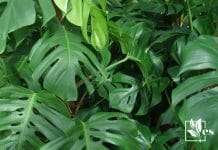Plants that start with y can increase the beauty of your garden with their unique beautiful flowers and leaves. If you’re looking for such plants, you may feel stuck, as you may think all plant names start with other letters.
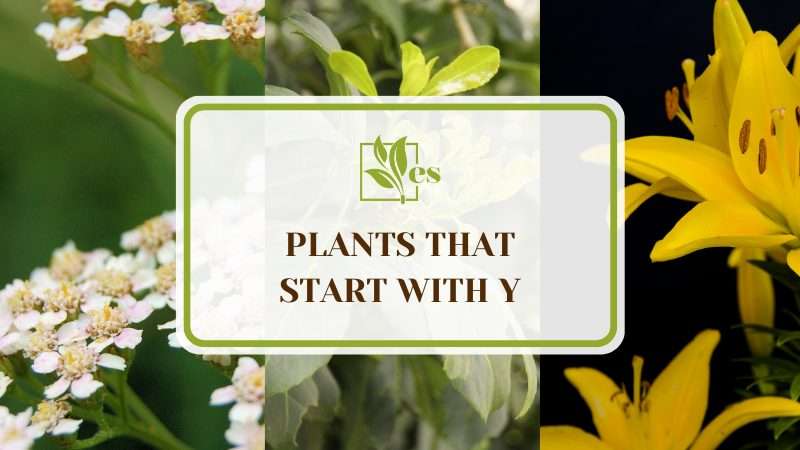
However, there are plenty of beautiful and interesting plants to choose from that start with the letter Y. The list below will give you all the details about these plants, and more!
JUMP TO TOPIC
List of Plants That Start With Y
1. Yew Tree

| Growing Season |
|
| Leaf Shape |
|
| Specific Needs |
|
| Common Pests | Mealybugs |
The yew tree of the Taxaceae family is a coniferous evergreen species that is native to Northern Europe, Asia, and North America. It has a long and interesting history of use in European cultures, both for its foliage and timber used in furniture and shipbuilding. It is also an essential food source for wildlife. Yews typically thrive best in wet climates with moderate temperatures.
2. Yellow Coneflower

| Growing Season |
|
| Leaf Shape | Strap-shaped |
| Specific Needs |
|
| Common Pests |
|
The Yellow Coneflower aka echinacea paradoxa is a showy, perennial wildflower native to the southeastern and midwestern United States. This tough and adaptable species produces daisy-like flowers that are three to five inches and have long, thin yellow petals around an orange cone-shaped center. It requires only minimal care once established in the landscape. Check out what other plants can be a companion to Coneflower!
3. Yellow Bell Plant

| Growing Season |
|
| Leaf Shape | Trumpet-shaped |
| Specific Needs |
|
| Common Pests | Caterpillars |
Native to Mexico, the yellow bell plant is an evergreen, semi-woody shrub. It is a popular ornamental horticultural plant due to its bright yellow clustered trumpet-shaped flowers which typically blossom in Autumn, although they may appear at other times. The foliage on the yellow bells is large and glossy with leaves that frequently curl downwards.
4. Yellow-Eyed Grass

| Growing Season |
|
| Leaf Shape | Sword-shaped |
| Specific Needs |
|
| Common Pests | Flies |
Yellow-eyed grass or Sisyrinchium californicum is a perennial plant that is native to eastern and central North America. It is a member of the Xyridaceae family and has a tough, grass-like stem with yellow jasmine-shaped flowers which have three narrow petals. This plant typically grows in wetlands and damp meadows.
5. Yellow Archangel
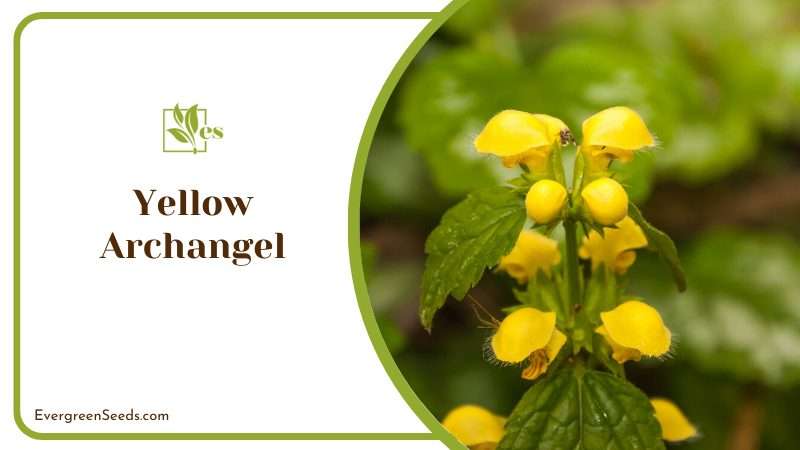
| Growing Season | Spring |
| Leaf Shape | Oval |
| Specific Needs |
|
| Common Pests | Beetles |
The Yellow Archangel aka Lamium galeobdolon is a perennial flowering plant, native to much of Europe and parts of Asia. Characterized by its striking foliage — broader yellow-green leaves splashed with variegations of silver or white, and sprays of small star-like yellow flowers, the plant is a visually pleasing addition to any garden.
6. Yellow Wild Indigo
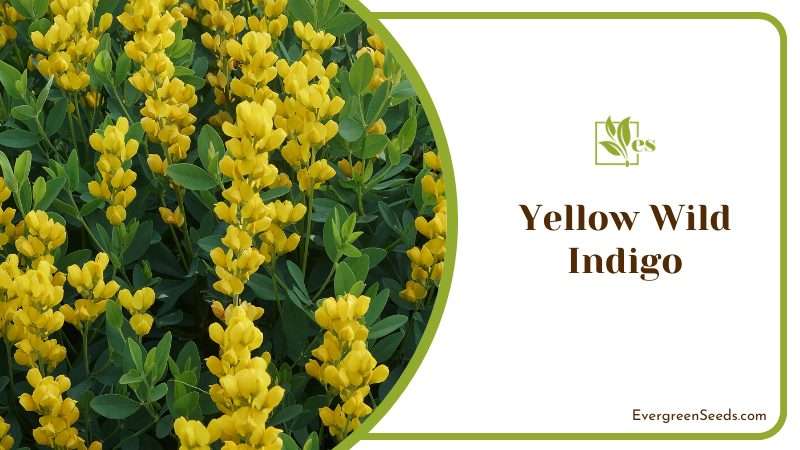
| Growing Season |
|
| Leaf Shape | Pea-shaped |
| Specific Needs |
|
| Common Pests |
|
The Yellow Wild Indigo, also known as baptisia sphaerocarpa, is a perennial legume native to the grasslands of eastern North America. It has a deep taproot that can make it difficult to eradicate once established and produces upright, branching stems from two to three feet in height. The foliage is composed of alternate leaflets in pairs along an often hairy stem and produces bright yellow flowers.
7. Yellow Wood Sorrel
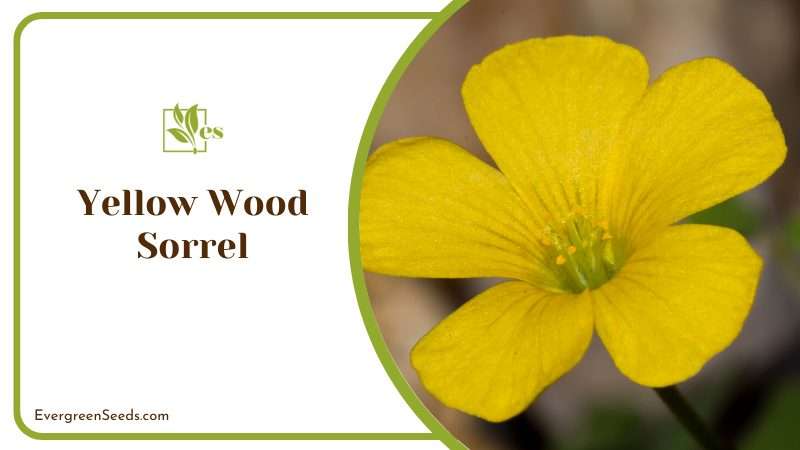
| Growing Season | All year round |
| Leaf Shape | Heart-shaped |
| Specific Needs |
|
| Common Pests |
|
Yellow wood sorrel is an herbaceous perennial native to much of the United States and Canada. It has an upright habit, with trifoliate leaves that fold inwards when touched and a delicate yellow cluster of flowers. Yellow wood sorrel provides nectar for bees and other pollinators before many other spring blooms appear.
8. Yellow Daylily

| Growing Season |
|
| Leaf Shape | Linear |
| Specific Needs |
|
| Common Pests |
|
The Yellow Daylily or hemerocallis lilioasphodelus is a deciduous perennial flower native to Central China and parts of India. It grows up to three feet in height with showy, lemon-yellow trumpet-shaped flowers and long slender arching leaves. Its flowers are fragrant, which makes the plant excellent for mass plantings as an ornamental flower bed or garden border.
9. Yellow Ginger
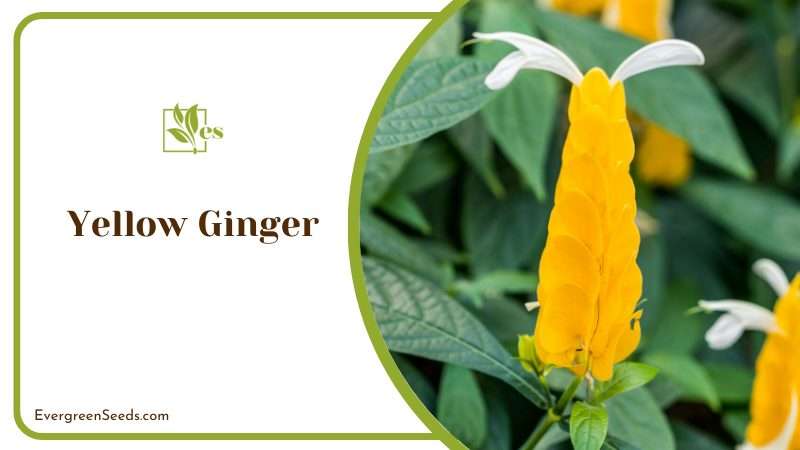
| Growing Season | Spring |
| Leaf Shape | Elongated |
| Specific Needs |
|
| Common Pests |
|
An increasingly popular culinary herb in Asia, Yellow Ginger is a perennial flowering plant native to tropical regions of South and Southeast Asia. It is also commonly known as “turmeric” due to its hued yellow-orange rootstock. Used extensively in South Asian cuisine, yellow ginger is not only valued for its flavor but also for its potent medicinal properties.
10. Yellow Poinciana Tree

| Growing Season |
|
| Leaf Shape | Oval |
| Specific Needs |
|
| Common Pests | Caterpillars |
The Yellow Poinciana tree is an evergreen, fast-growing tropical tree native to the Caribbean and parts of Central America. With delicate pinnate leaves comprised of long leaflets and bright yellow flowers that display in elegant clusters, the species is popularly known as the peacock flower tree or dwarfed poinciana. The fruit, which appears in pod form, contains several seeds with hard spherical stones.
11. Yerba Mate

| Growing Season | All year round |
| Leaf Shape | Serrated |
| Specific Needs |
|
| Common Pests | Gyropsylla spegazziniana |
Yerba Mate is a unique and traditional South American beverage that is gaining increasing popularity across the world. It has traditionally been used for medicinal purposes to boost energy levels and provide mental clarity, as well as providing a significant source of vitamins and minerals for those who consume it.
12. Yucca plant

| Growing Season |
|
| Leaf Shape | Sword-shaped |
| Specific Needs |
|
| Common Pests |
|
Yucca plants are a species of perennial shrubs that belong to the genus Yucca. Native to the southeastern United States and Mexico, this plant has extremely stiff leaves that are greyish-green in color. The robust root structures allow these plants to withstand severe drought conditions as well as salty and alkaline soils.
13. Yarrow

| Growing Season |
|
| Leaf Shape | Pinnately lobed |
| Specific Needs |
|
| Common Pests |
|
Yarrow or Achillea millefolium is a perennial plant native to the northern hemisphere. It is an attractive herb with clusters of small white flowers that have long been used for its medicinal properties. Yarrow has traditionally been employed to reduce inflammation, stop bleeding, and aid in healing wounds. Its antiseptic qualities make it effective for treating bronchial disorders such as asthma and pneumonia.
14. Yellow Pitcher Plant
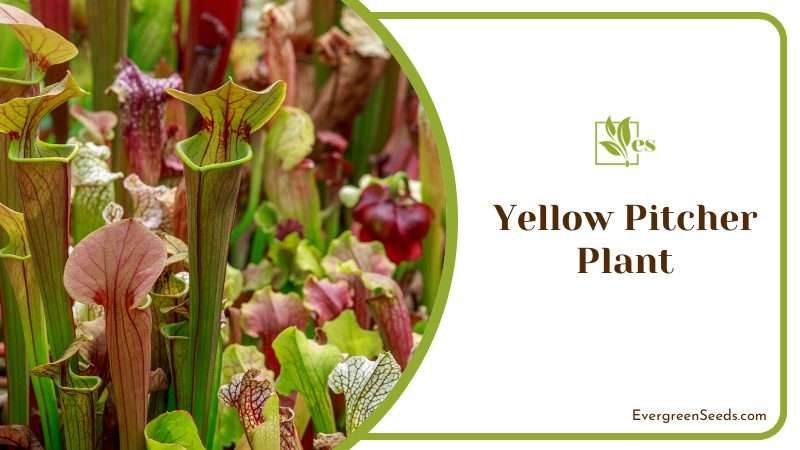
| Growing Season |
|
| Leaf Shape | Trumpet-shaped |
| Specific Needs |
|
| Common Pests | Mealybugs |
The yellow pitcher plant aka Sarracenia flava is an iconic carnivorous plant native to the United States. It grows in open, wet, and acidic environments such as swamps, bogs, and marshes. Its leaves are typically deep yellow or occasionally orange-green, with a smooth rim often containing small droplets of liquid around its mouth.


